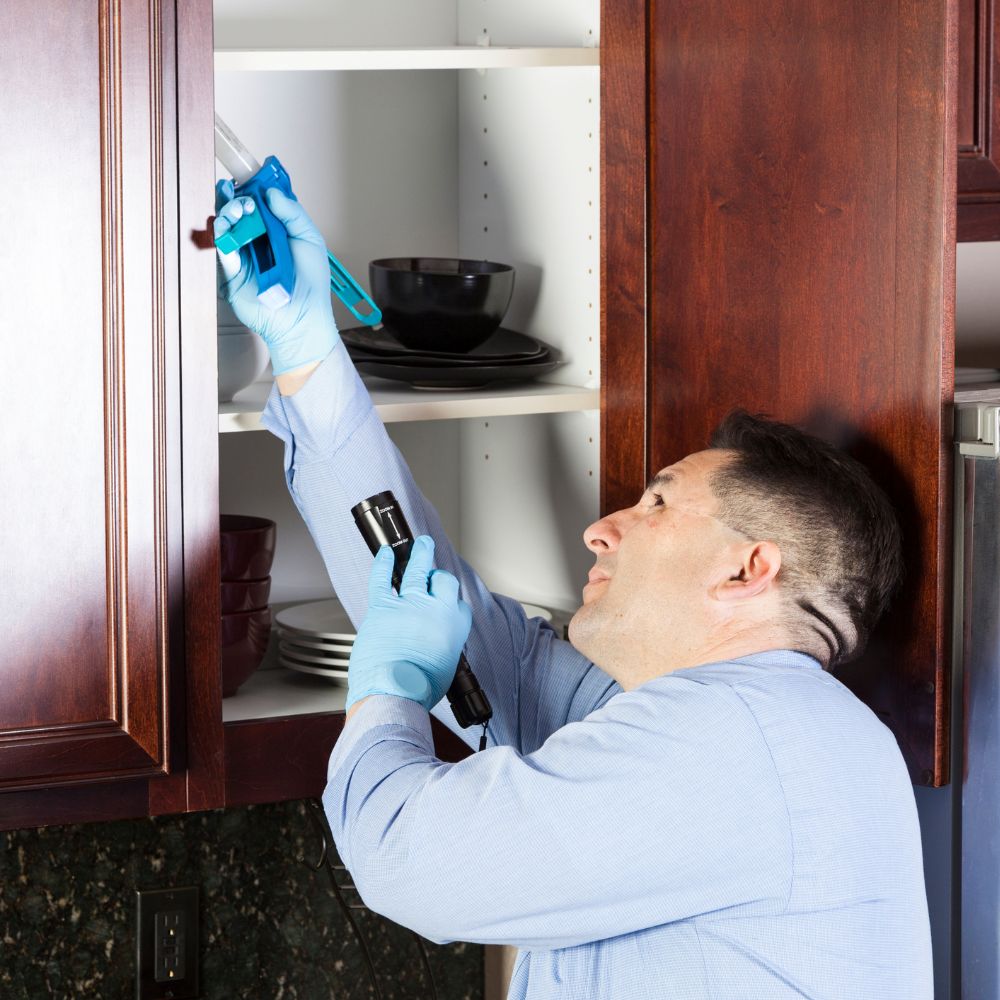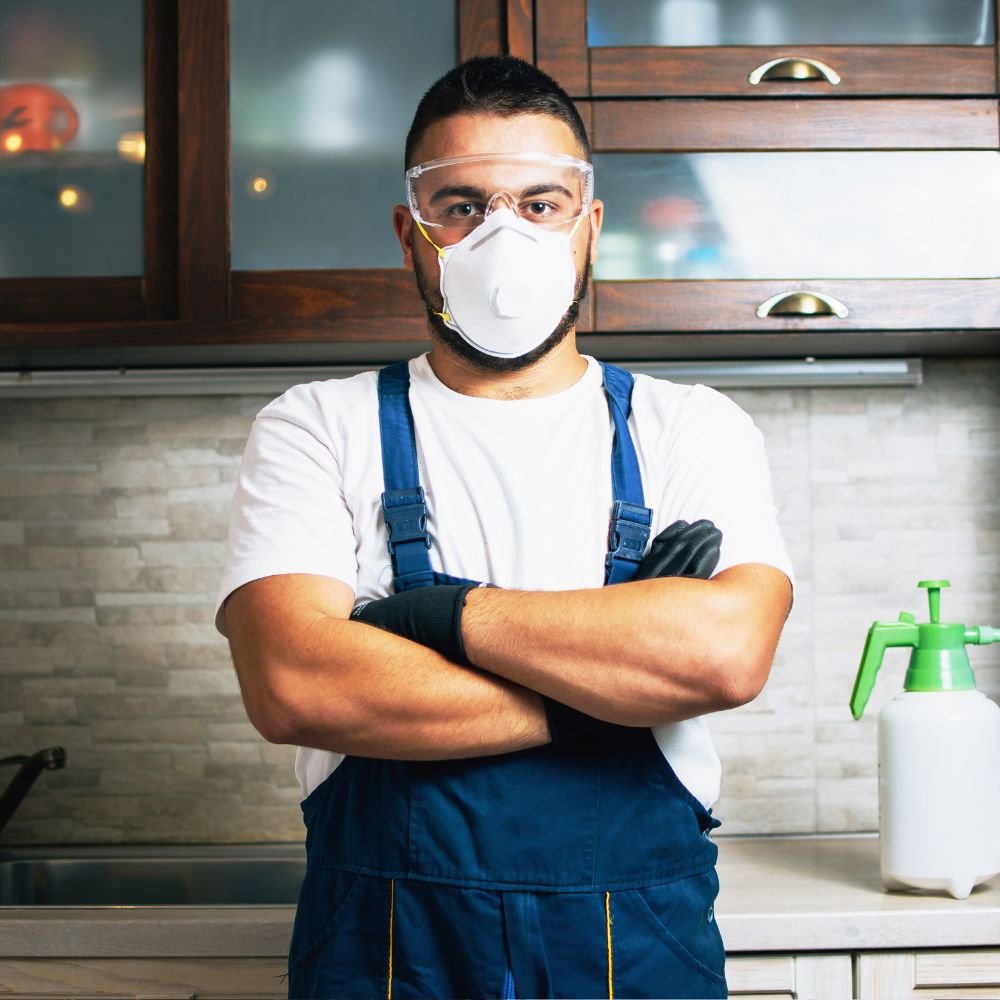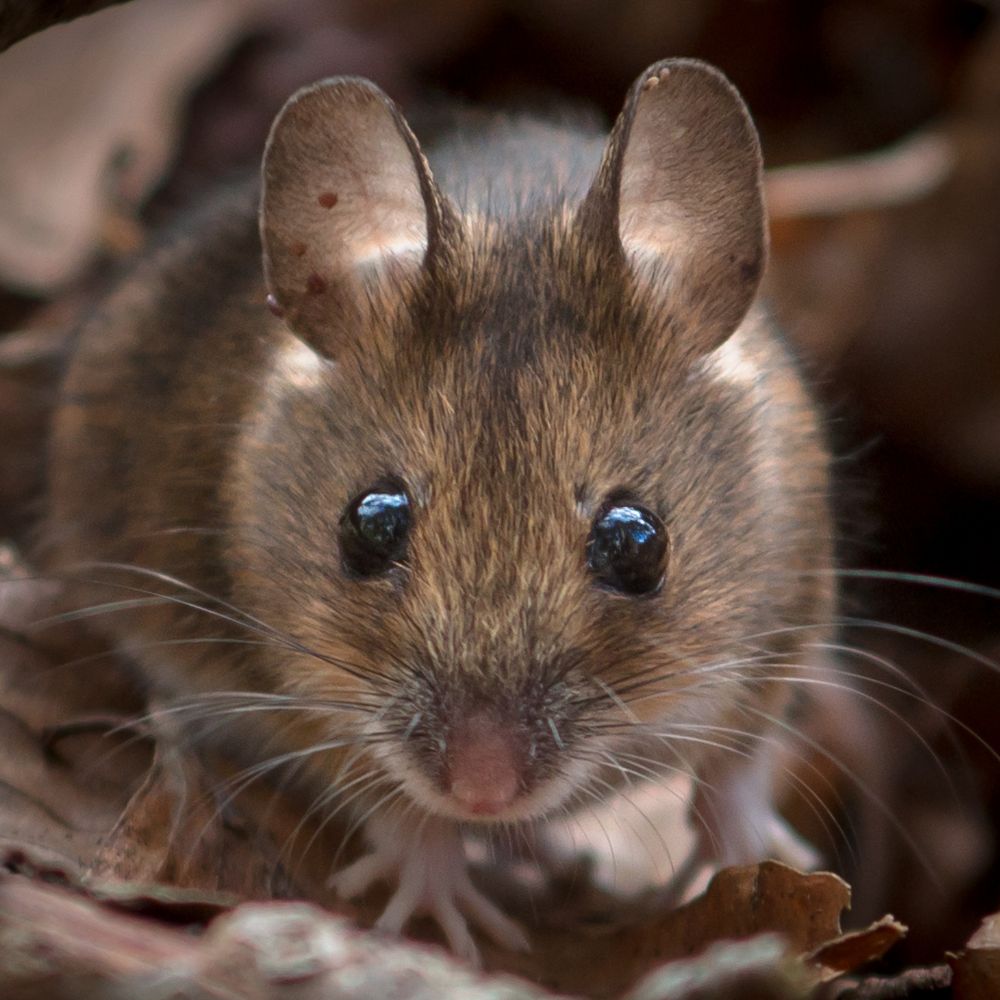One of the best ways to protect your home or business from pests is by following the best practices for Integrated Pest Management (IPM). Pest control companies in the know understand that the methods used in IPM successfully work.
By taking this approach, skilled pest control technicians can use several pest control methods to experience better outcomes.
IPM Methods

Let’s take a look at the techniques used in an IPM plan.
Biological Control Examples
Biological control in pest management uses natural enemies to control pests. These enemies may include parasites, predators, and pathogens. Plant pathogens, weeds, vertebrates and invertebrates have several natural enemies.
Cultural Controls
IPM uses cultural controls to reduce the establishment, reproduction, and continued survival of pests. For instance, you can reduce pest issues by reducing the water in your yard, which increases weeds and invites disease.
Mechanical and Physical Control Applications
When a mechanical or physical control is used, it kills a pest immediately or blocks the intruder from access. Therefore, mechanical controls may take the form of rodent traps or physical controls may represent barriers to prevent an infestation.
Chemical Control Solutions
Chemical control involves using pesticides or insecticides. However, when made part of an IPM program, chemicals are only used as needed and with other control methods. This makes their use safer and more dependable for long-term use. Chemicals are chosen and applied so they minimize any possible dangers to children and pets as well as the environment.
Some examples of chemical control measures include pesticides in bait stations (instead of a spray), or spot-spraying a site instead of an entire space.
Developing a Plan for Controlling and Removing Pests

Before outlining a pest control plan, a pest control specialist will take a look at the type of pest or pests invading your home or business and the access points. That way he or she can determine the best control methods to use.
Along with IPM, other methods may involve behavior or habitat modification or the use of repellents.
For example, if rats are entering your building, the access points are sealed. Maybe the rodents are getting through the roof. If that is the case, the structure will be inspected as well as the surrounding shrubbery and trees.
When repellents are used, it is helpful to know what attracts pests to humans or pets. For instance, a tick or mosquito is drawn to a person’s scent or the carbon dioxide exhaled by humans and pets.
They also sense movement or heat, along with visual cues, when seeking a host. When a repellant is used, it affects the senses of an insect, such as its smell or taste, which, in turn, prevents it from finding an animal or human host. Check also: How do Mice Get in Upstairs Apartments?
Do-It-Yourself Pest Control Prevention

While it’s important to contact a pest control company to ensure any of those nasty and unwanted intruders don’t return, it helps to use your own preventive measures too. It just depends which pest or pests want to call your place home.
DIY Prevent Against Cockroaches
For instance, let’s say you have a problem with cockroaches. Below are some measures you can use between regular pest control inspections and visits.
- Store your foods in sealed containers
- Keep your pet dishes covered
- Repair water sources like plumbing leaks
- Seal and caulk cracks – hiding places for roaches
- Get rid of trash or clutter
Keeping Fleas Under Control
Maybe you have a problem with killing fleas in your home. If so, you might perform the following practices:
- Vacuum rugs, furniture, and carpeting on a routine basis, especially in spots where your pet sleeps. After you’re through vacuuming, empty the debris in a plastic bag and close it tightly, placing it in the garbage outside of the house.
- Wash your pet’s bedding each week in hot water.
- Comb your pet with a flea comb and rinse the comb with soapy water after you’re through.
- Ask for a recommendation for flea-control products from your vet.
Types of Pests Treated by Pest Control Companies

Pest control does not involve a cut-and-dried solution. How you create a plan of attack depends on the type of pest. Pest control companies treat problems with pests that include:
- Silverfish
- Ants
- Spiders
- Fleas
- Bed bugs
- Beetles
- Stinging insects
- Mosquitoes
- Flies
- Rodents
For example, if you have a problem with rats, your pest control professional will provide you with rat-proofing services, natural rat control, and exterior treatments. They typically use trapping and behavior and habitat modification solutions.
Maybe you have a problem with silverfish. In this case, a pest control specialist may apply a pesticide to a targeted area, or use a more natural chemical if the pests are living behind a wall. Fumigation is used if the infestation is wide-spread. Check also: Mouse Nest in Couch.
Why You Need to Use a Professional Pest Control Service as Well as Follow Best Practices Yourself
While taking care of some pests yourself may save you some money, it’s only a half-baked solution. After all, you’re not an expert in entomology.
After a while, you’ll find out that you need to call a pest control professional to ensure a pest-free environment. Those professional regular inspections will help save you money. While you may load up on products like sticky traps, and boric acid, the only thing that will totally disappear will be your money, especially if you’re facing a major pest problem.
Why?
A professional pest control specialist is trained and properly equipped to eliminate those unwanted squatters – humanely, environmentally, and effectively. They’ll keep them from revisiting your home or business.
A pest control technician will assess your pest problem, plug the entry points, and, again, create an integrated pest control management (IPM) control plan.
After a while, you’ll reclaim your home, be able to pet your cat or dog without worry, and live in peace once more.
I am a multi-talented designer and contractor with over 10 years of experience in the field. I have a passion for creating beautiful, innovative spaces that reflect my clients’ needs and styles. My skills include architectural design, interior design, space planning, project management and construction supervision.

